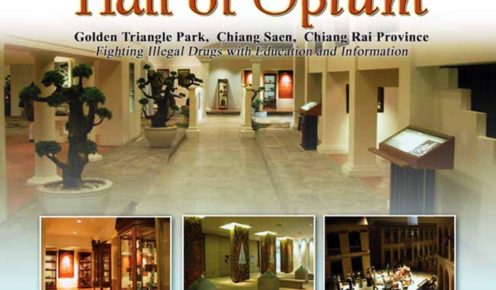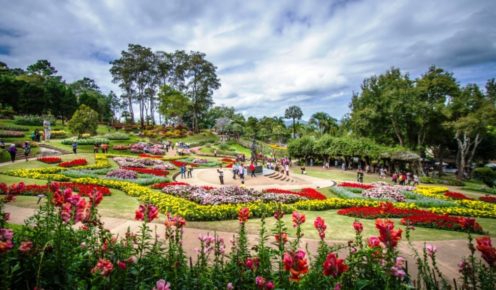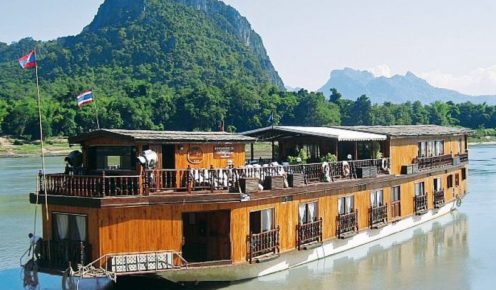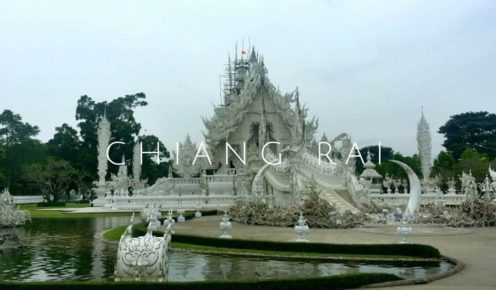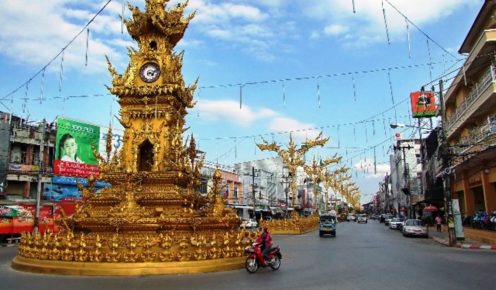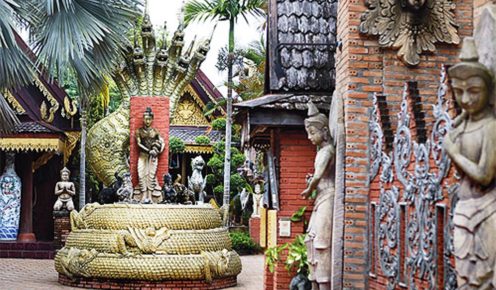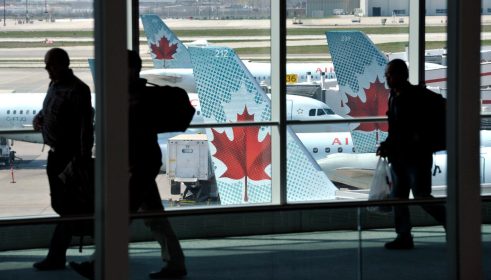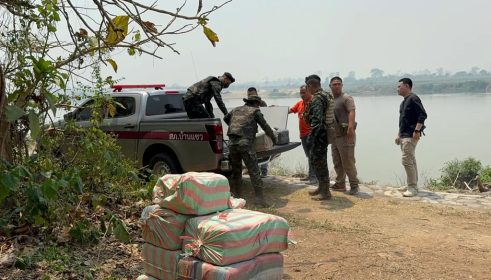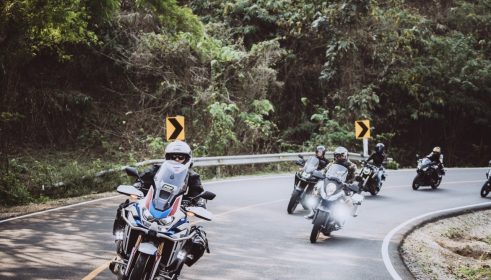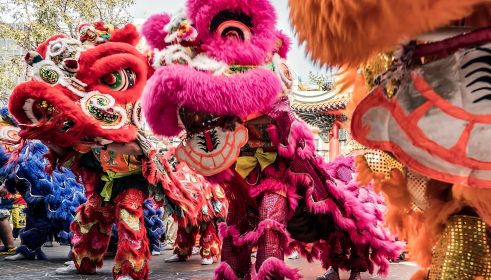Boon rawd Brewery and Singha Corporation own the Rai Boon rawd Farm, which has extensive plantations of barley and tea. Recently it started to promote the farm as a tourist attraction for study tours and mountain bike trips.
But most of Chiang Rai’s tourism enterprises are back pedaling until the bridge and highways open.
The bridge is part of the Greater Mekong sub-region north-south economic corridor project. It will connect Donsavan village in Huayxai district in Bokeo province with Ing village in Chiang Khong district of Thailand’s Chiang Rai province.

Once open it will improve transport links to R3A Highway, which is about 9 km from the bridge and the main route to Kunming in China a distance of 1,030 km.
The bridge is due to open late next year. Specifications are similar to other Mekong River bridges. It will be 630 metres long (480 metres over the river) and 14.7 metres wide. The project also includes the construction of an 11-km service road (5 km on the Thai side and 6 km on Lao side); a common control area and traffic direction change point.
“Although R3A opened for traffic in 2008, tourist arrivals from China are not good. We hope the fourth Mekong Bridge will help to make it easier for Chinese visitors to drive to Chiang Rai,” said Mr Nattakorn.
Route R3A links Thailand with Laos and Xishuangbanna Prefecture in Yunnan province, southern China, from where major highways lead to Kunming.
In Thailand, the route passes through Chiang Rai province exiting at Chiang Khong for Laos. The route covers Bokeo, Luang Namtha and Boten in Laos, and Bohan, Jinghong, Kunming in Yunnan, southern China.
Rai Boon rawd Farm has a master plan to open the farm to tourists, but right now the company is evaluating what it should promote and develop.
Asked for details of the master plan, Mr Nattakorn said the farm might develop programmes and activities to build corporate social responsibility and teach visitors how to care for the environment.
There are suggestions to include mountain bike tours on the vast farm property, open a Rai Boonrawd museum, a golf course, a resort, a hot air balloon station and expand its popular Bhubhirom Restaurant to improve tourism.
“However, all of the projects are under review,” he reiterated.
Opened since early December 2011, the farm attracts around 100 visitors during weekdays and 300 over the weekend. Around 90% are Thais and just 10% a mix of foreigners from Singapore, Malaysia, Japan, and Canada.
The farm opens daily from 0800 to 1700 without an admission fee and provides a 30-seat tram service to tour the 8,700 rai property.
Rai Boon Rawd Farm was opened in 1983 by Piya Bhirombhakdi to test barley cultivation and then added tea, rubber as well as farm produce.
Its Ulong Tea No 12 was planted in 2005 and now covers 600 rai on hillsides at 450 metres above sea level where the temperature is between 20 and 31 degree Celsius.
About 45 tons of tea are picked every month with 99% of the tea exported to Taiwan as a white label.
The farm has flower gardens, 50 rai of barley fields, a 30-rai of Japanese rice, strawberries and cherry tomato as well as a 2,600 rai of rubber trees.
It is located at Mae Korn sub-district, Muang district, 6 km from Chiang Rai town.


